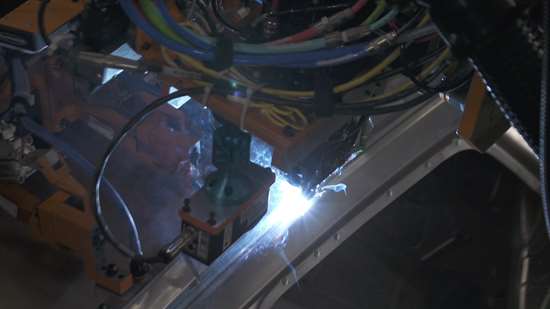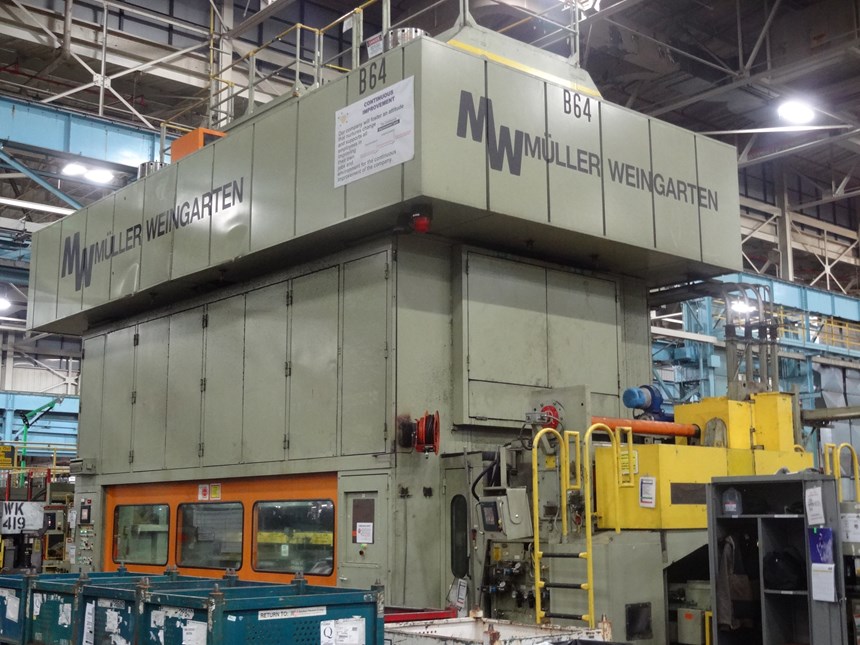Lasers in Parma
To say that the GM Parma Metal Center is instrumental in the production of assembly and stampings for the OEM would be a huge understatement: at the 2.3-million ft2 facility the team processes over 1,000 tons of steel per day.
#aluminum
To say that the GM Parma Metal Center is instrumental in the production of assembly and stampings for the OEM would be to make a huge understatement: at the 2.3-million ft2 facility the team processes over 1,000 tons of steel per day. The facility is capable of producing up to 100-million parts per year. Among the vehicles that it supplies stampings and assemblies for are the Chevy Silverado, GMC Sierra, Chevy Tahoe and Suburban, GMC Yukon and Yukon XL, Chevy Colorado, GMC Canyon—which pretty much account for the biggest-selling vehicles in GM’s fleet—and an array of Cadillacs—Escalade, XT5, XT6, CT6—as well as other Chevy, Buick and GMC products.
Although GM shut down the Lordstown Assembly plant in March, in May it announced that it is investing some $700-million in three other Ohio-based plants, DMAX in Moraine to increase production of diesel engines for its new heavy-duty pickups; Toledo Transmission to expand 10-speed truck and SUV transmission manufacture; and at Parma for increasing the output of stampings and assemblies.
They produce parts with both steel and aluminum.
What is notable about the investment in Parma is that it is the only one of the three where a specific technology is noted: laser cell welding technology.
They’re no strangers to laser welding at Parma. Among the subassemblies, for example, that are produced with the process include roof rails, roof headers and center pillars.
The new cells, which will have a common architecture, will be based on six-axis robots for manipulating the welder.
When asked about the advantages of laser welding for the applications, the answer has multiple aspects, including: the ability to perform welding at a distance of up to 1 meter from the parts; fast throughput, with a speed on the order of 0.5 to 1 second per weld; no filler metal required; the ability to weld both coated and uncoated material; and the ability to perform single-side welding, which means that there are not the issues associated with weld gun clearances and closed-out welding conditions.--GSV
RELATED CONTENT
-
On Automotive: An All Electric Edition
A look at electric vehicle-related developments, from new products to recycling old batteries.
-
On Military Trucks, Euro Car Sales, Mazda Drops and More
Did you know Mack is making military dump trucks from commercial vehicles or that Ford tied with Daimler in Euro vehicle sales or the Mazda6 is soon to be a thing of the past or Alexa can be more readily integrated or about Honda’s new EV strategy? All that and more are found here.
-
Global Supply of Automotive Fasteners from a Single Source
PennEngineering offers a global supply for a wide range of fasteners for the automotive industry, including China-based facilities that manufacture standard and custom products to world-class standards of quality at lower cost.










